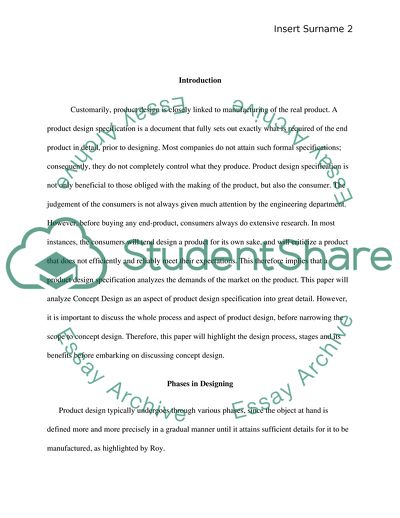Cite this document
(Design Process, Stages and Its Benefits Research Paper, n.d.)
Design Process, Stages and Its Benefits Research Paper. https://studentshare.org/design-technology/1764257-design-process
Design Process, Stages and Its Benefits Research Paper. https://studentshare.org/design-technology/1764257-design-process
(Design Process, Stages and Its Benefits Research Paper)
Design Process, Stages and Its Benefits Research Paper. https://studentshare.org/design-technology/1764257-design-process.
Design Process, Stages and Its Benefits Research Paper. https://studentshare.org/design-technology/1764257-design-process.
“Design Process, Stages and Its Benefits Research Paper”. https://studentshare.org/design-technology/1764257-design-process.


